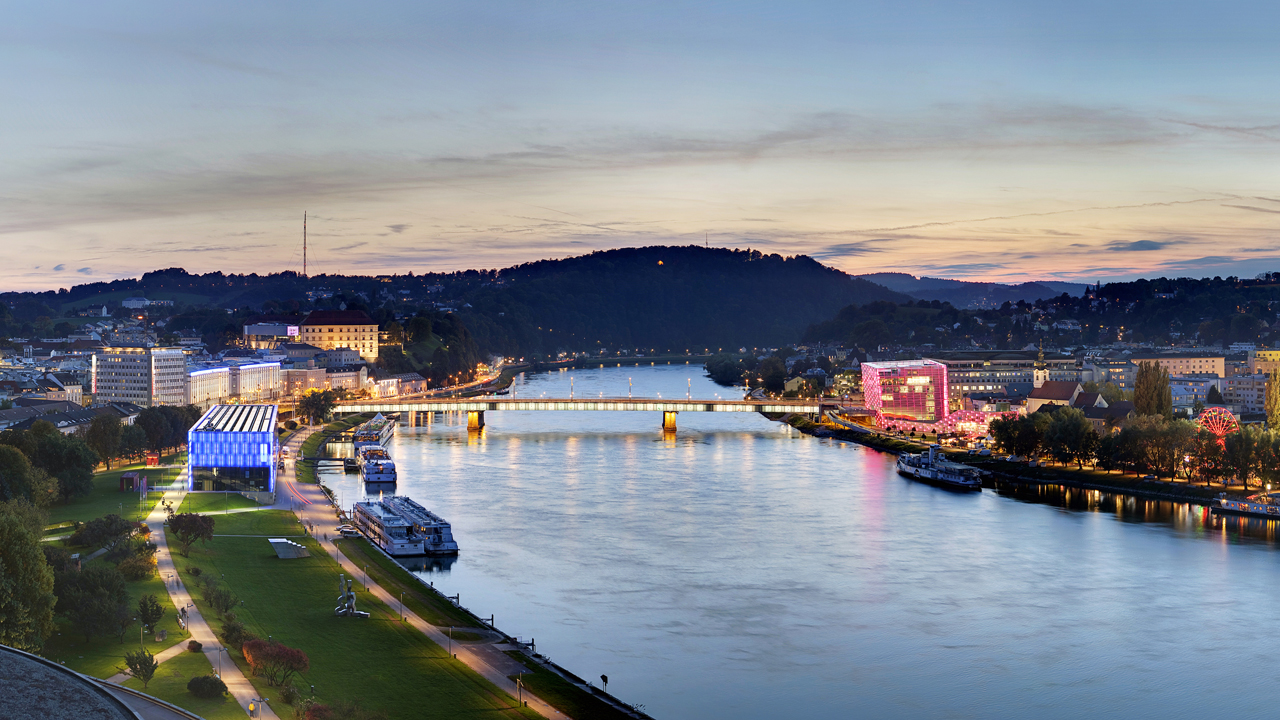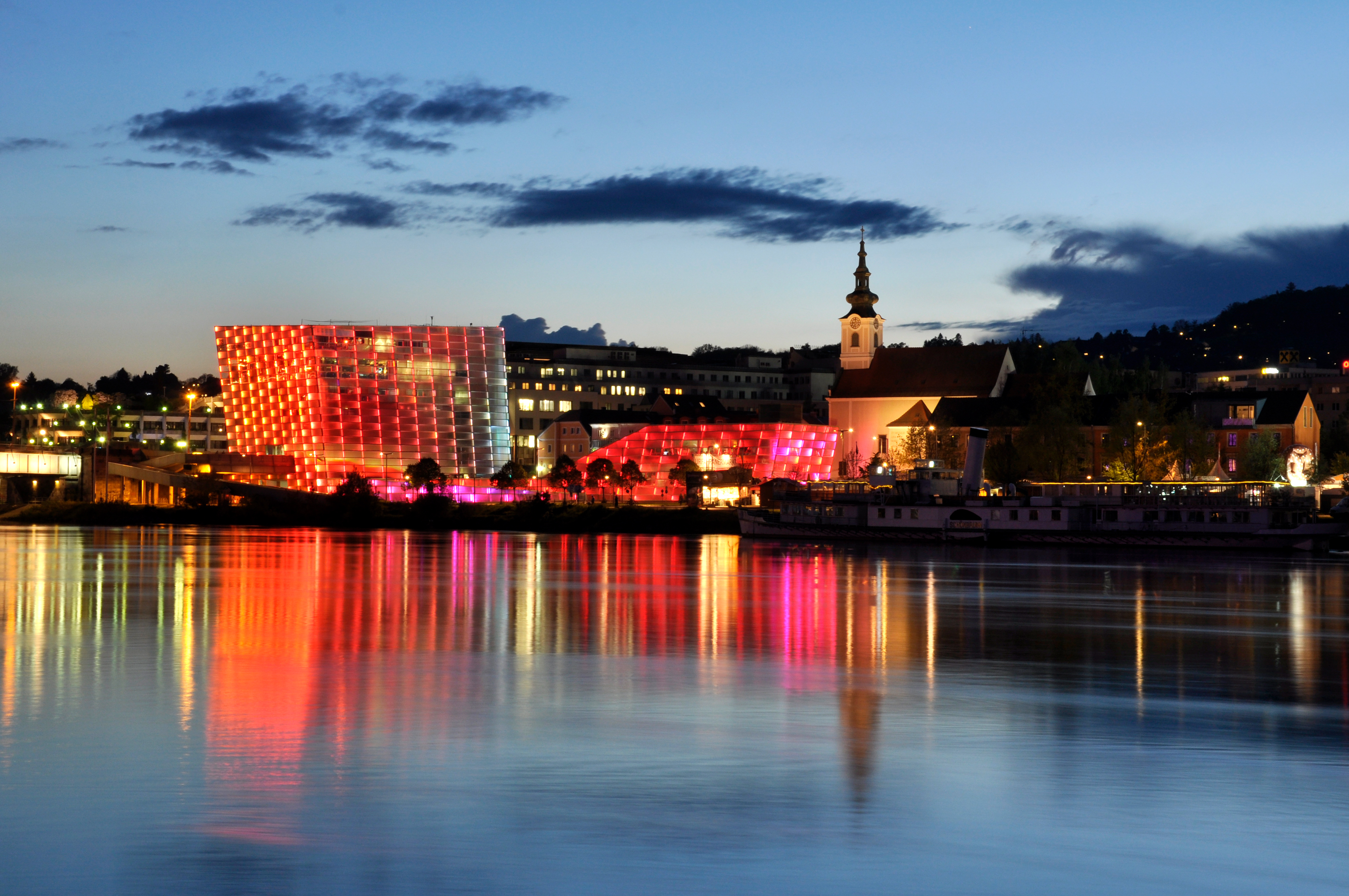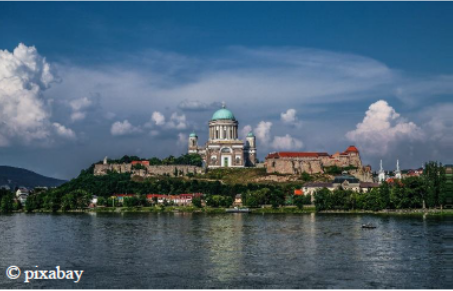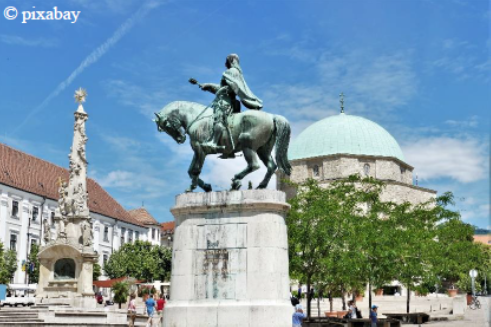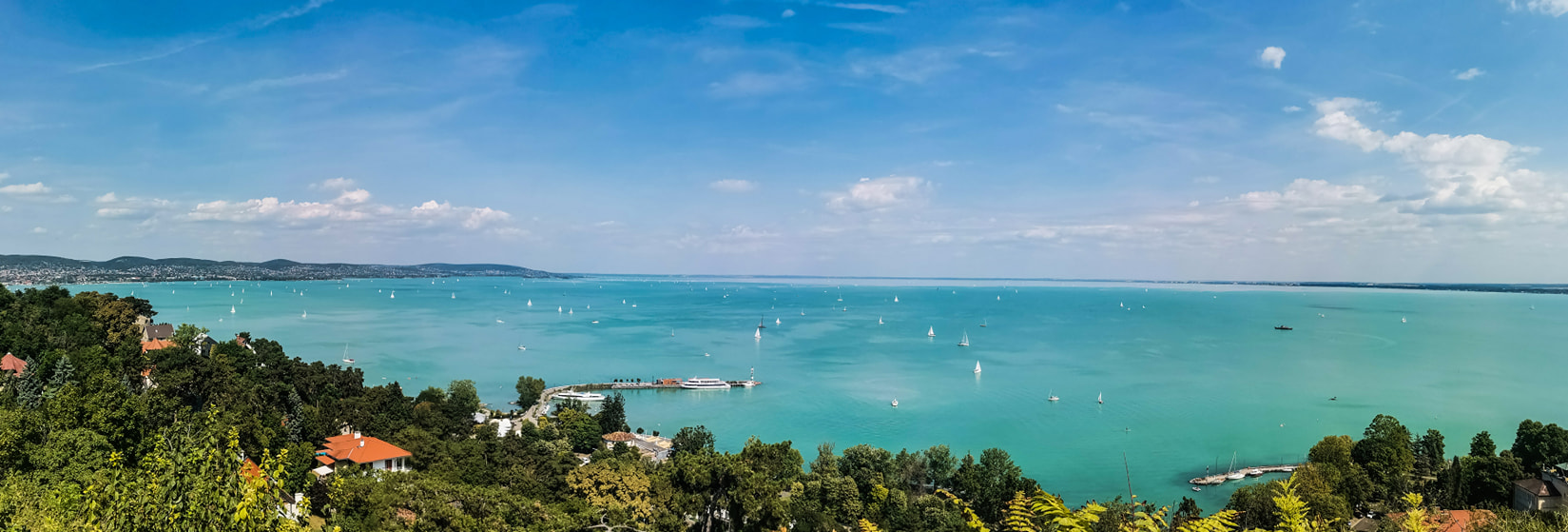Transdanube Travel Stories - Green Travel Product -Regensburg and Mohács
29-08-2022


Since Roman antiquity, the Danube has been the most important transport route in Central Europe and a link between a region closely intertwined in history and culture. Merchants, settlers and missionaries exploited this link between East and West in the early Middle Ages when new principalities and kingdoms were established along the Danube. Crusaders and pilgrims on their way to Byzantium and the 'Holy Land', as well as Hungarian, Habsburg and Ottoman armies, also followed the Danube. For more than 500 years, the Habsburg Danube Monarchy served as a connecting link - the "road of emperors and kings", along which the cultural and historical relics of the turbulent common history of transnational "Danube Europe" can be discovered.
|
|||
|
||||||
|
||||||||||
|
||||||
|
|||||
|
|||||
|
|||||
|
|||||
More information: here REISEPARADIES KASTLER GmbH, Kepplingerstrasse 3, A-4100 Ottensheim Telefon 07234 - 82323-0, Email: reiseparadies@kastler.at, Website www.kastler.at |
|||
